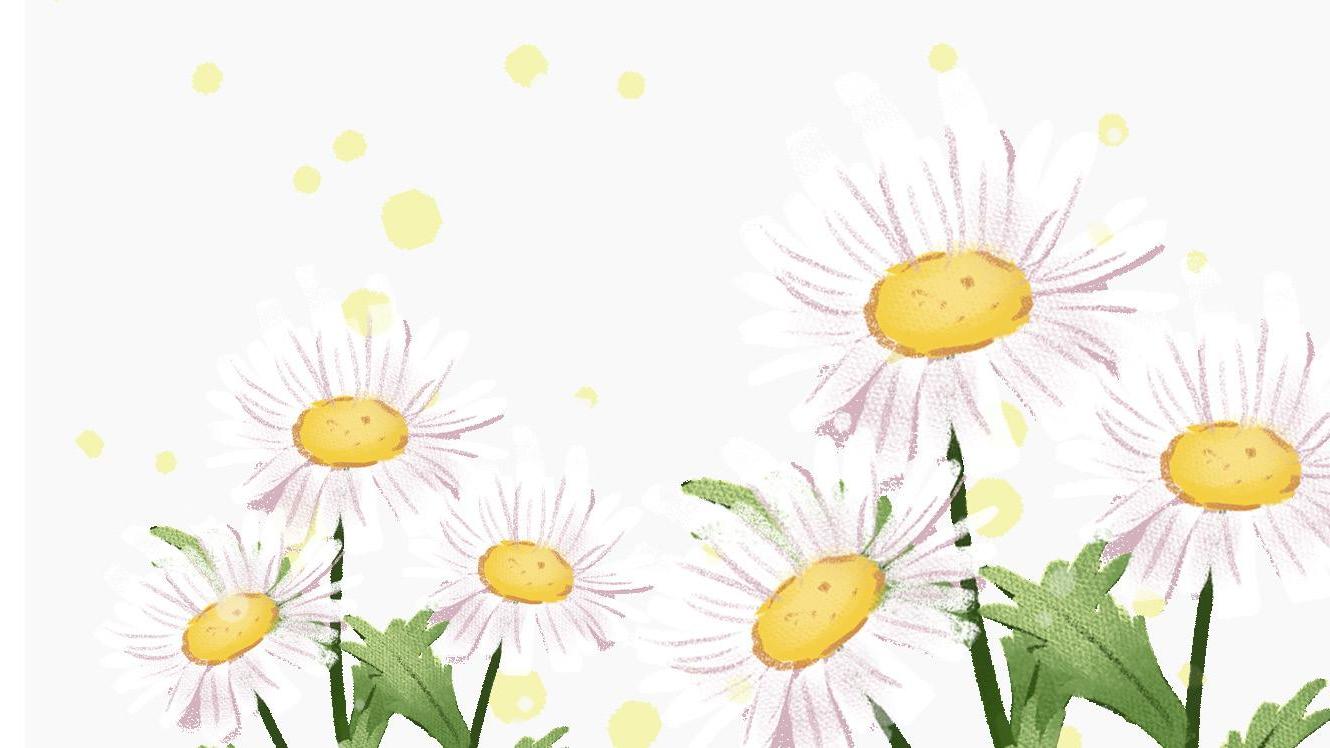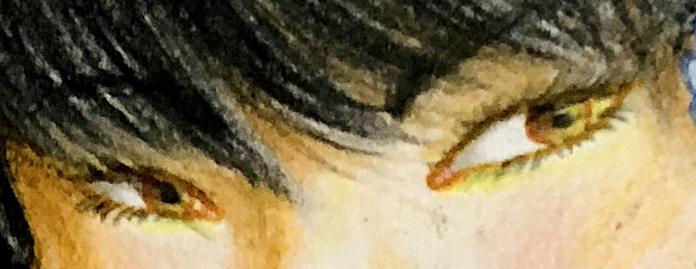
8 minute read
Beauty and Asian American Women
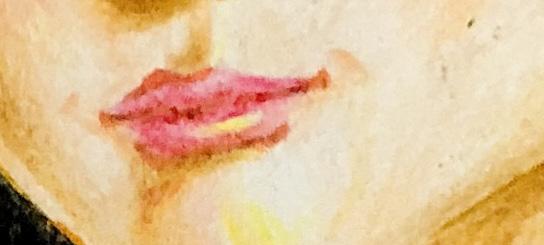
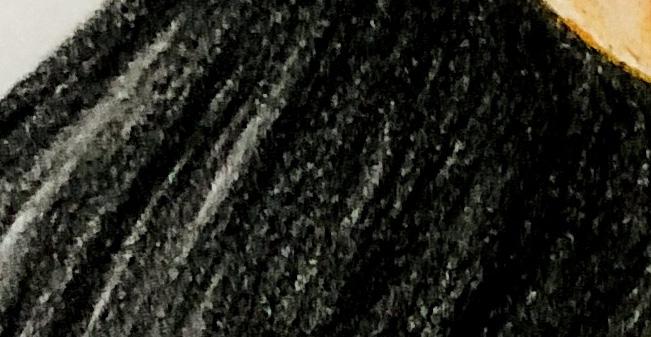
Advertisement

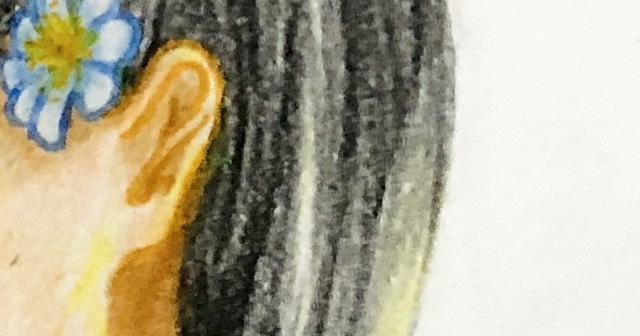
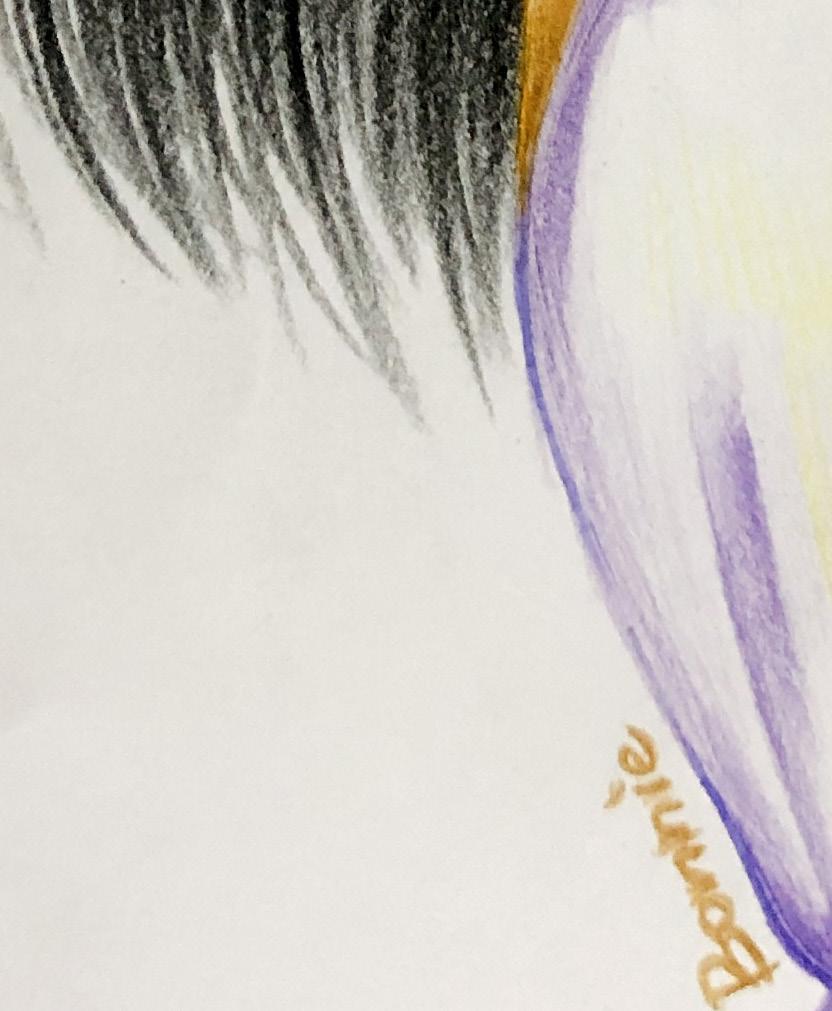
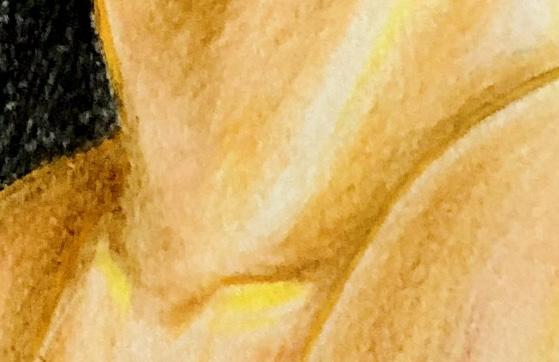




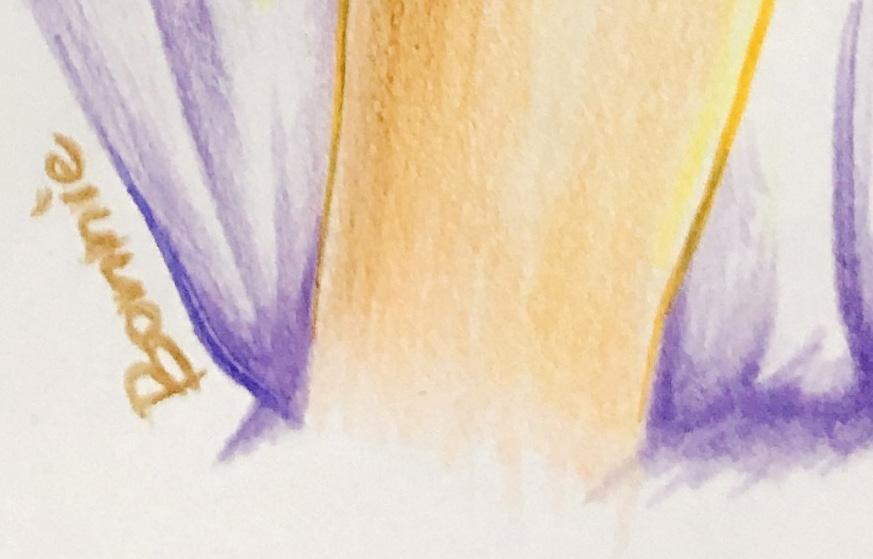
Written by Isabelle Paquette | Edited by Aidan Fry | Designed by Ziyi Che
Growing up, I was oblivious to how I looked in the eyes of others. I always knew I was different, that my facial features were “beautiful” or even “unique” as my parents or even strangers have pointed out, but I hadn’t yet internalized it in a way that impacted my self esteem. This was a benefit of adolescence itself, which protected me from direct exposure to the standards and privilege found in society, albeit for a short time only.
The first time I questioned my appearance in relation to being East Asian American was when I was twelve years old and in seventh grade. During the winter, I participated in my school’s musical performance of Mulan. Looking back, this was a red flag in and of itself. The school was and still is a Predominantly White Institution. On opening night, we went backstage early to begin changing into costumes and applying makeup. Older girls brought out large bags filled with tools and palettes I had never seen before. Some of them offered to apply makeup to younger students like me, which was exciting. Until then my mother rarely allowed me and my sister to have anything on our faces, besides the occasional lip gloss. One girl smiled at me and asked if I could sit down in a chair. She took out eyeshadow, eyeliner, mascara and an eye-lash curler from her bag. As the girl applied the makeup, I could see in her face moments of frustration. She stopped well before the rest of my friends were done. I asked her if it looked good, and she replied yes, but that a lot of it wasn’t really “showing on my eyes.” I looked in the mirror and tried to see what she meant.
“Your eyes aren’t that big, so this makeup doesn’t really work for you.” I remember being confused; makeup was makeup, wasn’t it designed for everyone? That night I went onstage wearing nothing on my face. Since then, my exposure to Western beauty standards only sharpened the distinction between what I saw around me and what I saw in the mirror. Living in a white family, and growing up in a white community, the cultural standards of femininity became incredibly apparent. Part of it was the media I consumed as a teenager, including watching films or listening to music from mostly white female artists. The other part, however, was simply within the trivial discourse of adolescence: what girls talked about at sleepovers, or while getting ready for a dance, for example. At that age you’re very vulnerable to comparison and insecurity. I began to think of everything about me as a flaw: my hooded eyes, my flat nose, my darker skin, my sparse eyebrows. I saw none of these features in the media I watched or read. Not to mention, the community I was surrounded with left me hyper-aware of my Asian identity. By the time I reached highschool, most of my friends were white, and social status was decided by level of attractiveness, which consequently rested on racial discrimination. It was during those years that I found a sense of belonging with the Asian American beauty community on YouTube. Watching women like Michelle Phan or Jenn Im, who shared similar East Asian features, give advice on applying makeup or being confident showed me that I had nothing to be ashamed of in questioning my own appearance.
When I first started college, my insecurities regarding my appearance grew even further. It was a time when I was ashamed
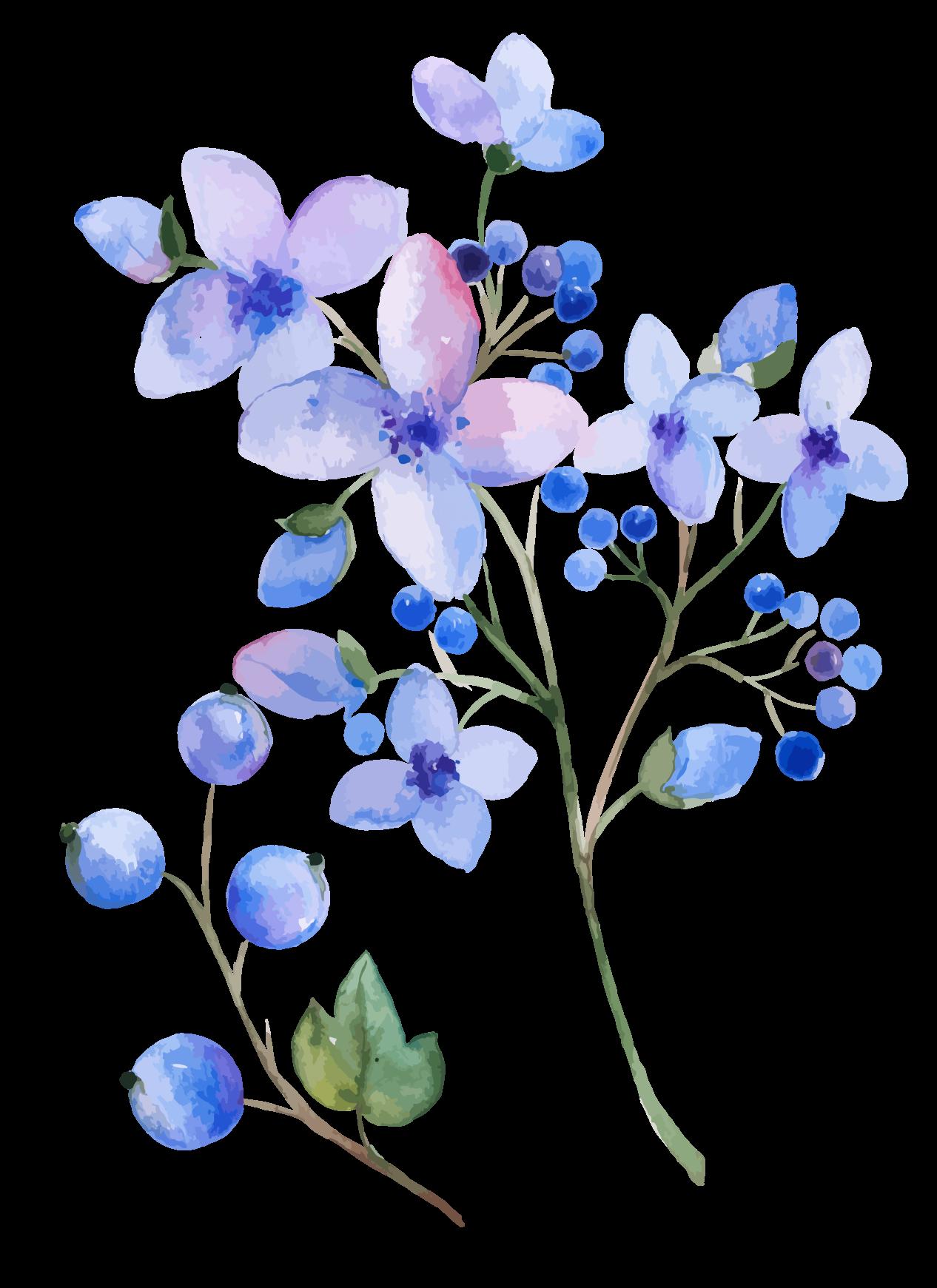
of my own cultural identity. Everytime I looked in the mirror and looked at how small my eyes were, how thin my eyelashes were, how I had no epicanthic fold, I convinced myself that I was ugly. There was just no way that in a mostly white community, where the normalization of European features was inevitable, that I could ever fit in. I remember constantly thinking about what I looked like to others. I resorted to purchasing eyelid glue and tape for myself, all in an attempt to present myself as the most Westernized I could. I felt beautiful when my eyes were bigger, more pronounced and had folds, but I also felt a tremendous amount of shame. Like I was hiding something, there was a guilt in trying to assimilate so desperately, so superficially. I hated how controlled I felt by the pressure of these beauty standards, but they were too ingrained in my sense of self worth for me to ignore them.
I believe that there is a strong disconnect between Western beauty standards and the sense of belonging many minority groups in this country desire. Although I can only speak for myself and my experience of having East Asian features, I know that this is an issue that goes deeper than race. When we create a culture that indirectly tells adolescents that there is only one form of attractiveness, we can’t expect those who don’t fit that form to willingly support it. This can be seen with one of the more recent racially insensitive beauty trends to hit social media this past summer, known as the “Fox Eye.” Many influencers, makeup artists and even celebrities partook in this trend, which consisted of using makeup to make the eyes appear more slanted or “exotic.” Additionally, many posed for pictures using their fingers to pull their eyes, thereby exaggerating the result. People were quick to point out the blatant racial undertones of these posts, highlighting the discrepancy between those with natural Asian eyes who get mocked and called slurs like “ch*nk,” and non-Asians who recreate it and recieve immediate praise. After seeing the backlash, a rush of bad memories flooded into my mind of all the times I tried to cover up the very eyes I was seeing people praising.

Asian American beauty standards are continuously fetishized for their very sense of “otherness” in the world of Western beauty. Growing up, whenever I walked into a Sephora or other general makeup store, most of the models I saw weren’t of any Asian ethnicity. Similarly, even when I did start to see primarily East Asian models in makeup campaigns or advertisements, their aesthetic always looked stereotypically “East Asian.” It was extremely limited to straight black hair, fair skin, slanted eyes and overall a “mysterious” tone within the photo. To ignore the fact that not all Asians look alike feeds into this racial fetishization of only one ideal Asian woman to aspire to, if any. We’re teaching Asian girls that have darker skin, or curly hair, who are exposed to such media, that they are not beautiful, compounded with the fact that they are not white. It’s this scale of whiteness that perpetuates inequality, that pushes people farther away from an idealized “goal” of Westernized apparence. Even if you do “fit” the mold, there is still a distance between you and being born white, and that’s a privilege many white people don’t realize they have.
I am now twenty years old and I am still insecure about my appearance in relation to my Asian identity. I can say I am much less ashamed of being Asian, but until everyday discourse and media
welcomes and appreciates diversity, I don’t know if the insecurity will go away. Some might call me sensitive, but I would argue that it’s hard to feel good about yourself when you are the one being overlooked. I’ve had people tell me before, “it’s just eyes, I don’t notice anybody’s eyes, they’re all the same.” But this comment’s significance isn’t about the benignity of the subject, it’s about how easily it’s interwoven and hidden in society as “normal.” Yes, no grown adult is going to go up to someone and say, “your eyes look weird.” What is talked about is how beautiful all the white celebrities are on every red carpet, or how pretty white eyes shown in beauty advertisements and commercials are.
I don’t mean to sound cynical. My goal in writing this is to bring to light how much of an issue this is. Especially now, we are a society that idealizes, rewards and bases social status on appearance. If we can agree to that as a fact, we can then begin to understand the racial complications and intersectionality that comes with it. How Asian American beauty is still put under a microscope, how certain facial features aren’t celebrated enough. I think it’s a matter of recognizing that “normal” shouldn’t be “most,” and that we need to start relooking at how we talk about appearance and beauty. I have a lot of hope that in the future social norms will be better, and we will not only recognize our physical differences but also embrace them. The first step I took was forming friendships with those who were struggling with the same things I was. I’ll always be grateful for the friends I have who help me see my own beauty and allow me to help them in return. It’s helpful to talk about it, I believe, which is mainly what I’ve done in times where I’ve felt insecure. Having open and vulnerable conversations about our experiences with each other has not only brought us closer, but given us confidence and a sense of solidarity in navigating a world where we’re not the majority. Knowing you’re not alone in your feelings of invisibility is powerful, and the first step, I believe, in making this a conversation that needs to be had.
